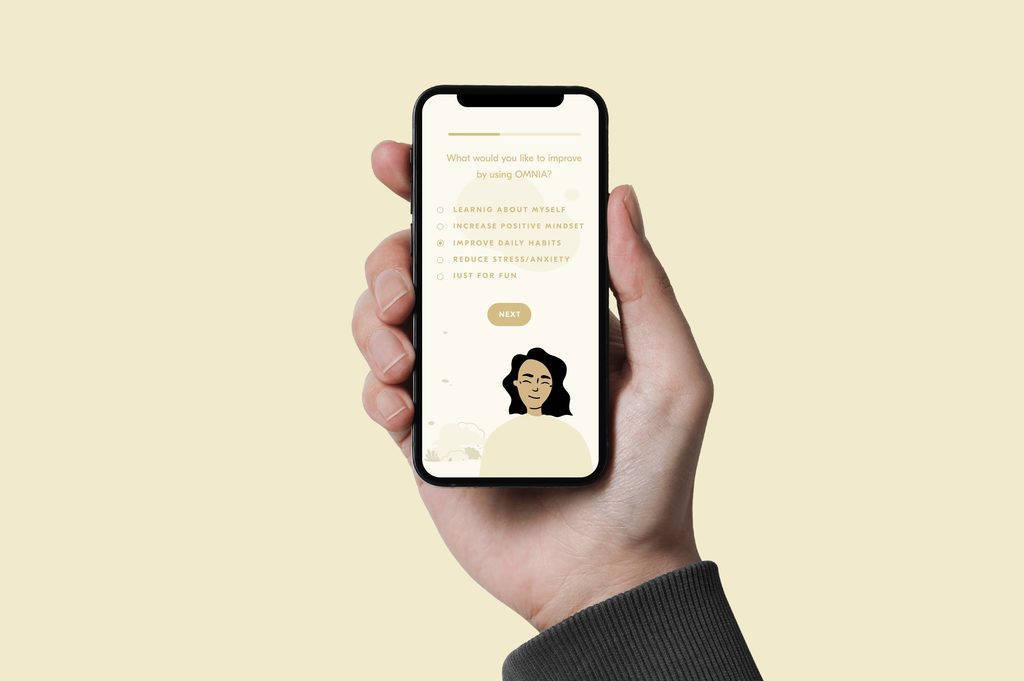"People do believe that thoughts (positive or negative) affect your surroundings and that tracking them could help to change them".

RESEARCH
In general, we know that people like to think positive and that this has become a trend. I don't know if it is a new trend but being positive is on everyone's lips, even those who have no idea about it. To be positive, you have to achieve a balance, as Aristotle described in his Essays on Happiness.
Once we understood what we want to know from our users: age, gender (remember to be strongly inclusive), operating system, do you think positive thoughts can help you to have a healthier life, do you think it would be good to have an analysis of the type of thinking, etc.
In 48 hours, we obtained 67 responses through social media and websites specialized in research forums.
With the quantitative results, we knew that most people would be interested in using an app to track their mindset and affirm our assumptions.



